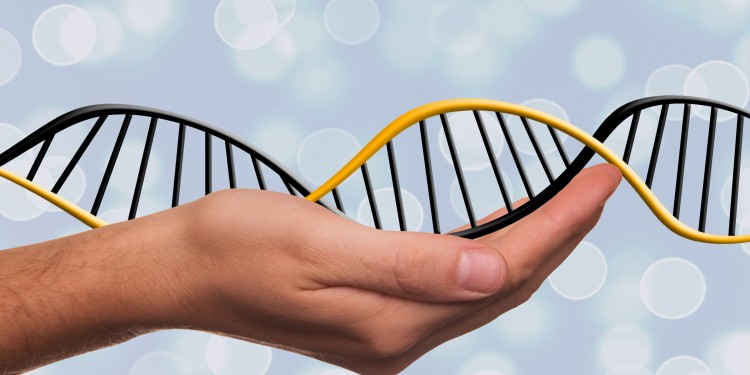
A powerful tool for basic research
“An eleven-year-old boy, deaf from birth, can hear again”. Or: “The development of a genetic therapy to combat Parkinson’s Disease is making progress”. News items such as these turn up regularly in the media. About three months ago, the first approval of a genetic therapy based on the CRISPR/Cas genetic editing technique made the headlines: shortly after the US, the UK also approved this therapy to combat sickle cell anaemia – a blood disease which is based on an inherited genetic defect. This defect is corrected in the patient’s blood stem cells. Experts assume that in the coming years further genetic therapies will follow which are based on genomic editing.
While new therapies are emerging based on modern methods of genetic engineering, the use of genetically modified micro-organisms such as bacteria or yeast in many areas of human life have become part of our everyday existence – for example, in the manufacture of pharmaceuticals or of enzymes for detergents. In the food industry, too, enzymes – amongst other things – are manufactured by using such micro-organisms. In this way, for example, cheese can be manufactured without rennet enzymes having to be taken from the stomachs of calves. Other examples of additives and ingredients which can be manufactured with the aid of genetic engineering are the amino acid cysteine to improve the processing of bakery products, the sweetener aspartame, the flavour enhancer glutamate, and various flavouring agents and vitamins. There are no labelling requirements for these applications of genetic engineering, nor are there any for products from animals which are given genetically modified feed. The great majority of the 30 million tonnes of soybeans and soybean meal imported into the EU every year as animal feed comes from countries which grow almost exclusively genetically modified soybeans.
Genetically modified plants have been grown in some countries for over 20 years now – for example, in the USA, China and India. By contrast, “green” genetic engineering in the EU, and especially in Germany, is a controversial issue; in Germany, no genetically modified plants are grown commercially. However, discussions on the issue have been picking up again for a few months now. The EU Commission and scientific organisations such as the German Research Foundation (DFG) and the German National Academy of Sciences Leopoldina advocate that plant breeding methods should be given approval which are carried out with the aid of new methods of genetic engineering such as CRISPR/Cas and which are not distinguishable in their results from conventional methods of breeding. In February 2024, the EU Parliament voted for a relaxation of the regulations covering these new methods of genetic engineering and for a restricted labelling requirement. Many consumer protection and environmental organisations reject the reform proposed by the EU.
“We need to differentiate,” says Prof. Antje von Schaewen from the Institute of Biology and Biotechnology at the University of Münster. “There are transgenic plants which carry a gene alien to their species and which would not be affected by the relaxations. On the other hand, plants can be created, using modern methods, whose genetic material contains precisely placed point mutations such as occur in nature too – although there, in nature, they are the result of chance. Or genes characteristic of the species can be transferred – and more precisely than is possible using conventional breeding methods.” Antje von Schaewen has misgivings regarding the categorical rejection of green genetic engineering. “Yes, of course benefits and risks always have to be carefully examined. But let’s take the example of ‘golden rice’: in contrast to white rice, this sort contains provitamin A, thanks to genetic engineering. This gives it the potential to save the lives of around two million people in developing countries who go blind or die every year through malnutrition – and it’s mostly children who are affected.” This rice was ready to be marketed back in 2002. Then there were massive protests and lobbying by several organisations, including Greenpeace, and as a result the rice was not grown in the Philippines until 2020 – after scientists had repeatedly pointed out the benefits over a period of 20 years.
Genetic engineering is very important for the natural and the life sciences – in order to find out, for example, how physical features or diseases occur, what processes take place at the molecular level, and what role the genes play in all this. Dandelions or tobacco plants, coli bacteria, viruses or yeast cells, zebra fish or fruit flies – the list of organisms which are genetically modified for research purposes is long. “Genetic engineering is a powerful tool for basic research – and one which we can no longer do without,” says Prof. Stefan Schulte-Merker from the Institute of Cardiovascular Organogenesis and Regeneration at the Faculty of Medicine. “The results of this research work – both in applied research and in practice – are indispensable for biomedical and social progress, whether it's in agriculture, hospitals or industry,” he says.
Author: Christina Hoppenbrock
This article appeared in the University newspaper wissen|leben No. 2, 4 April 2024.
